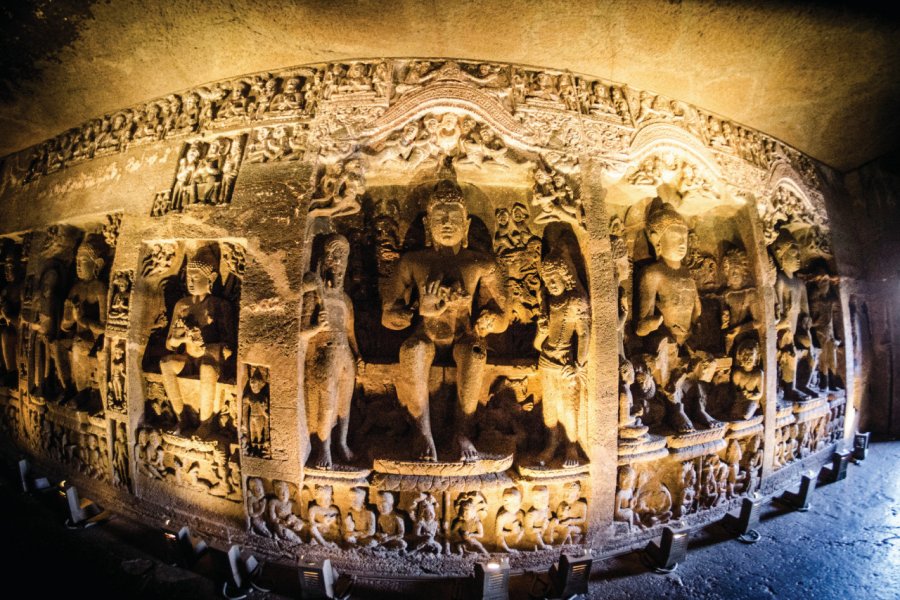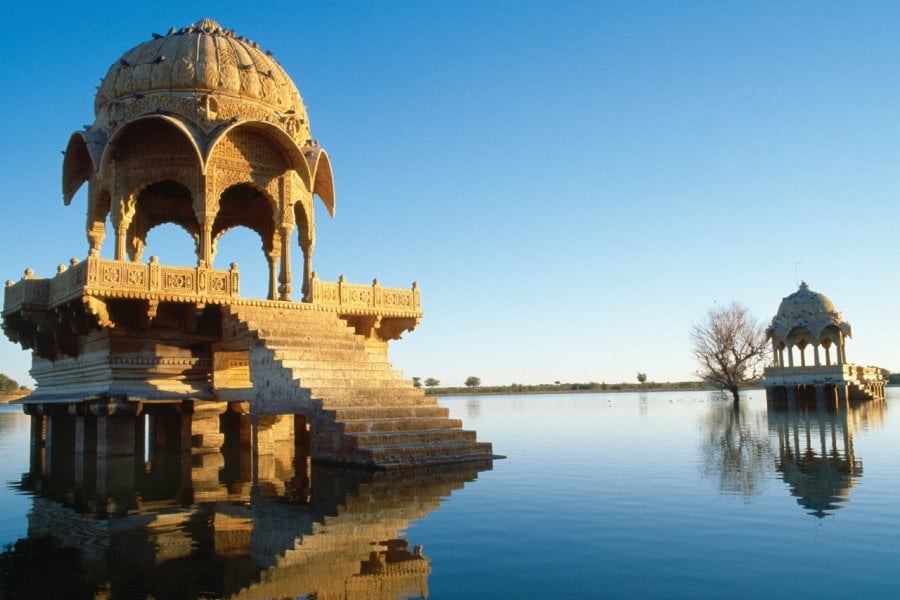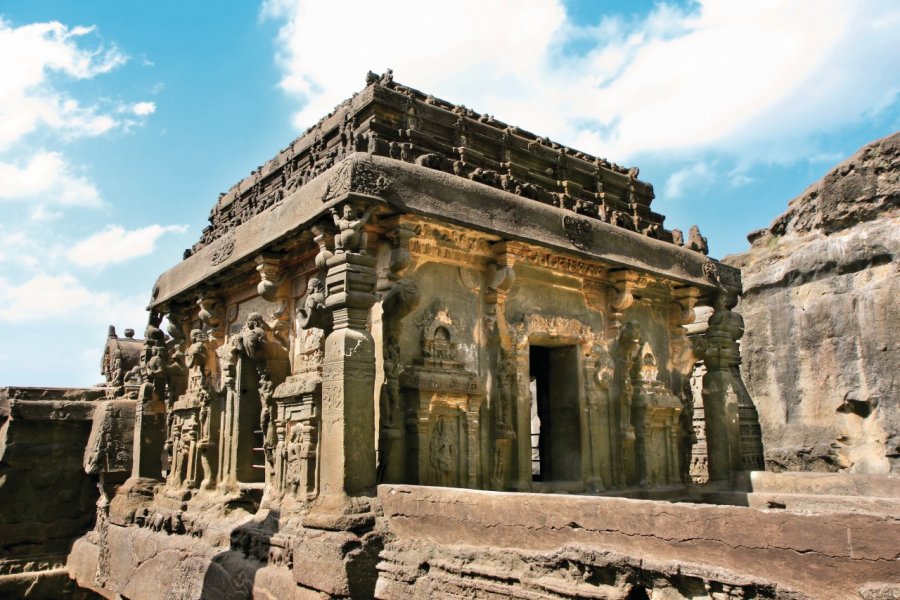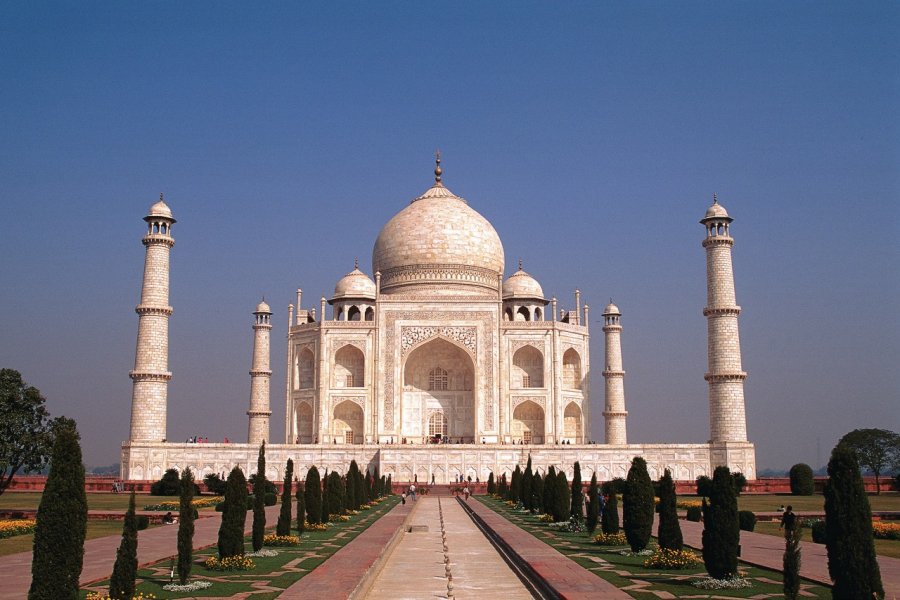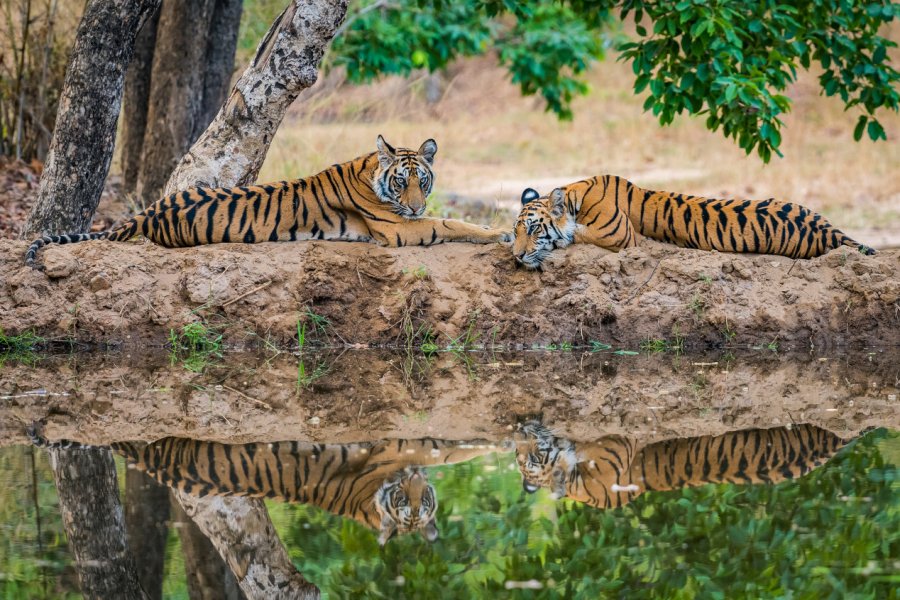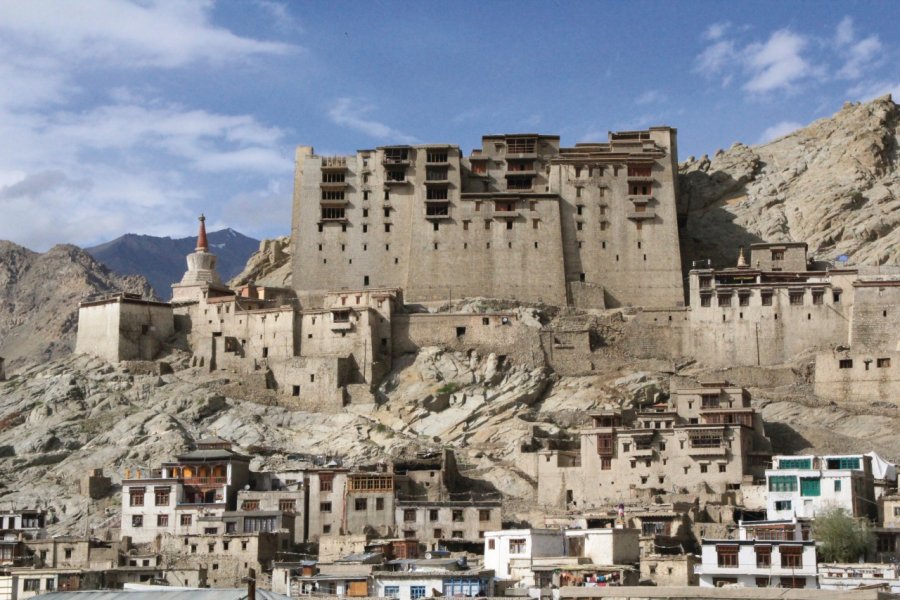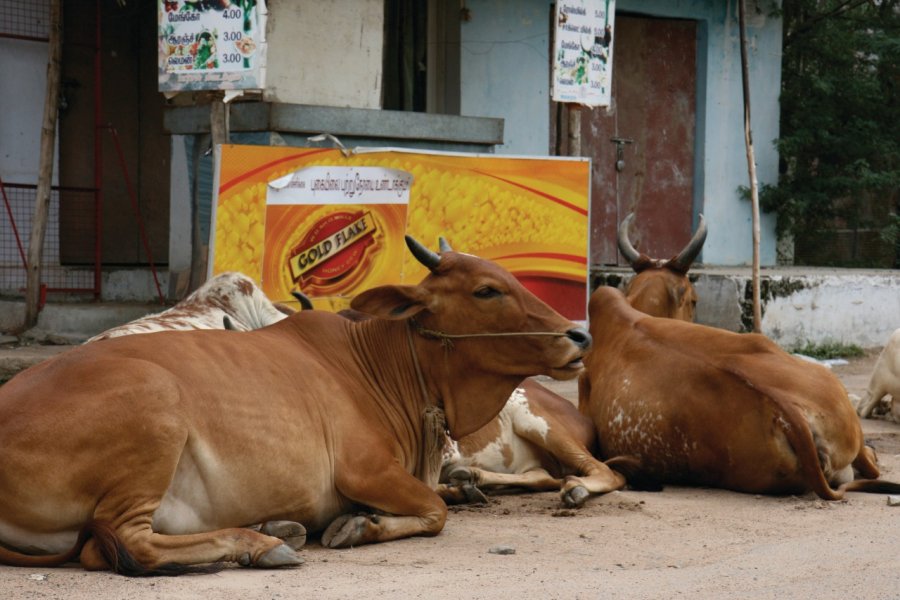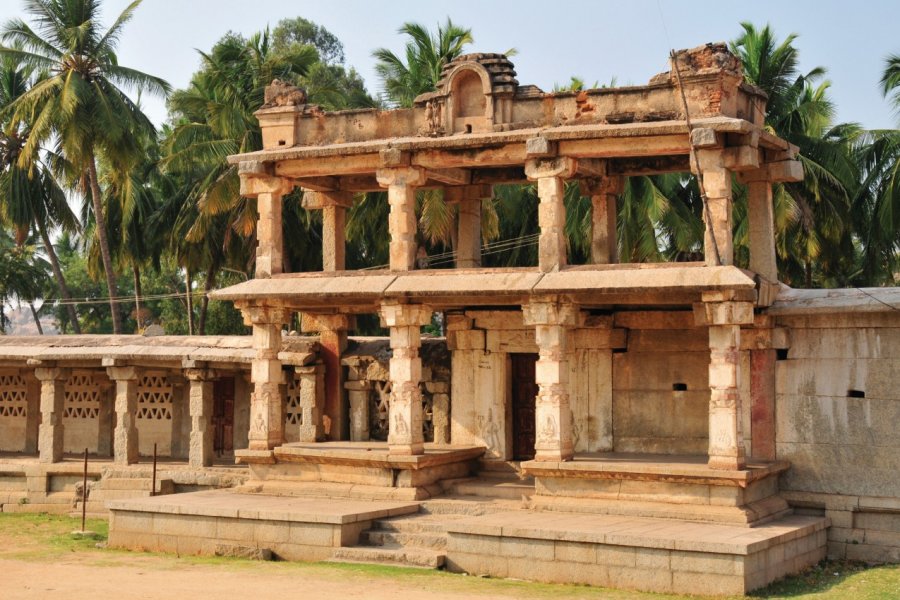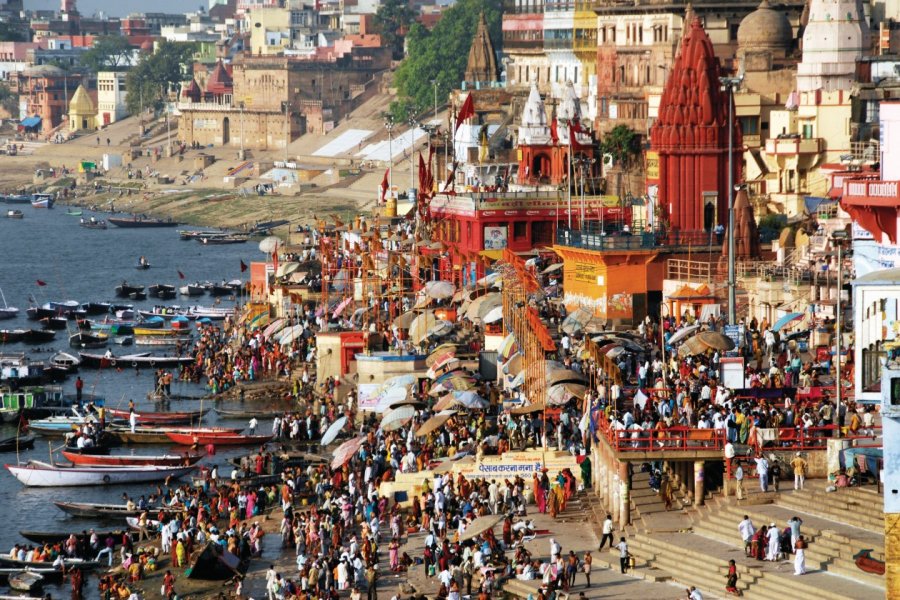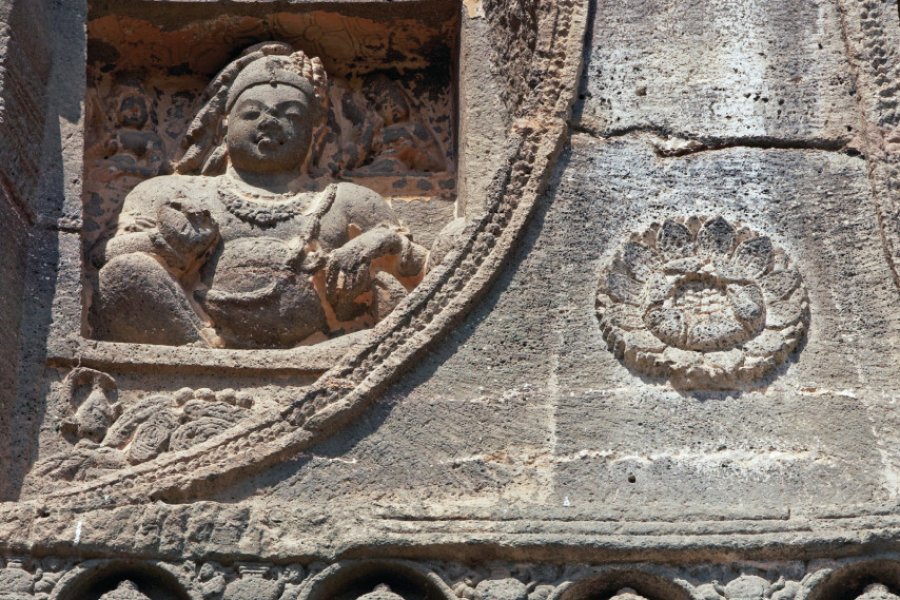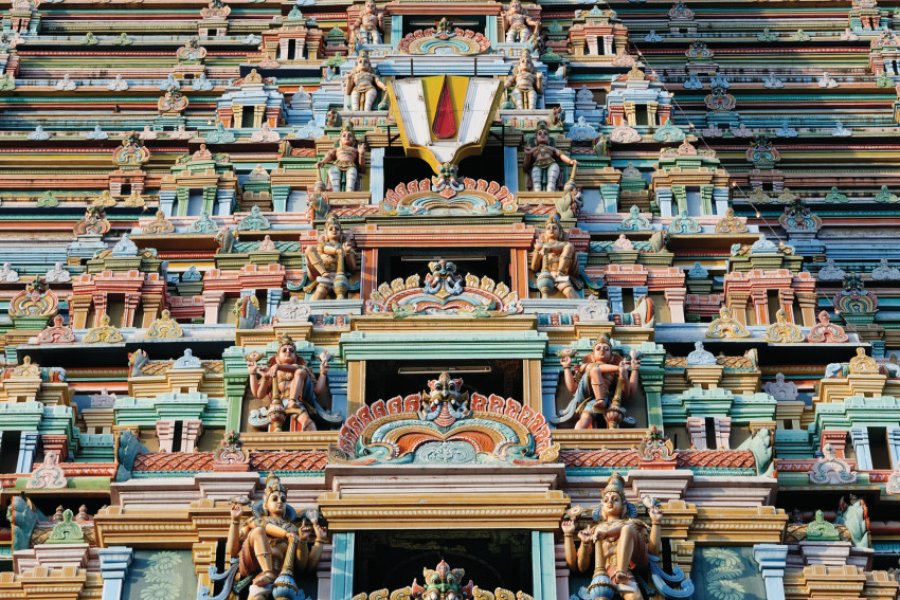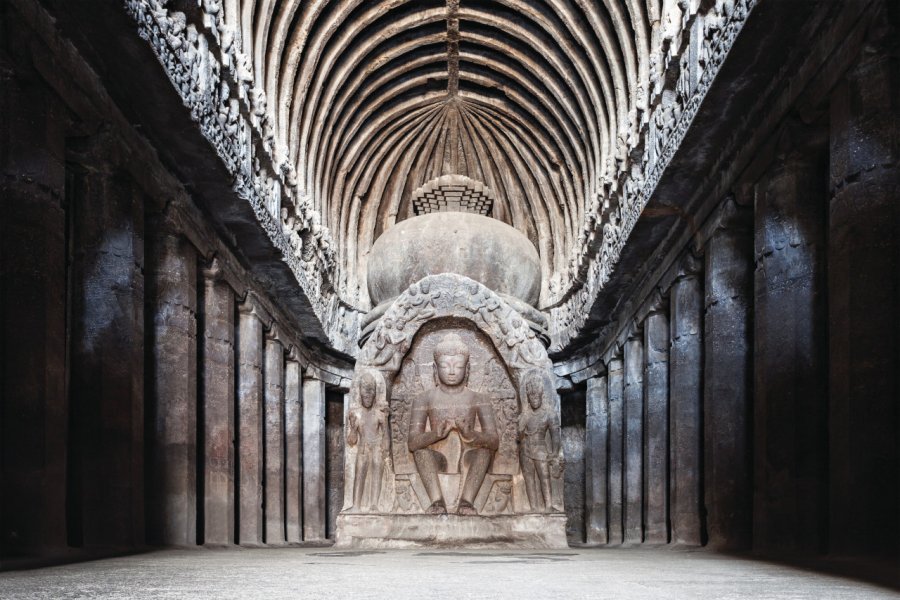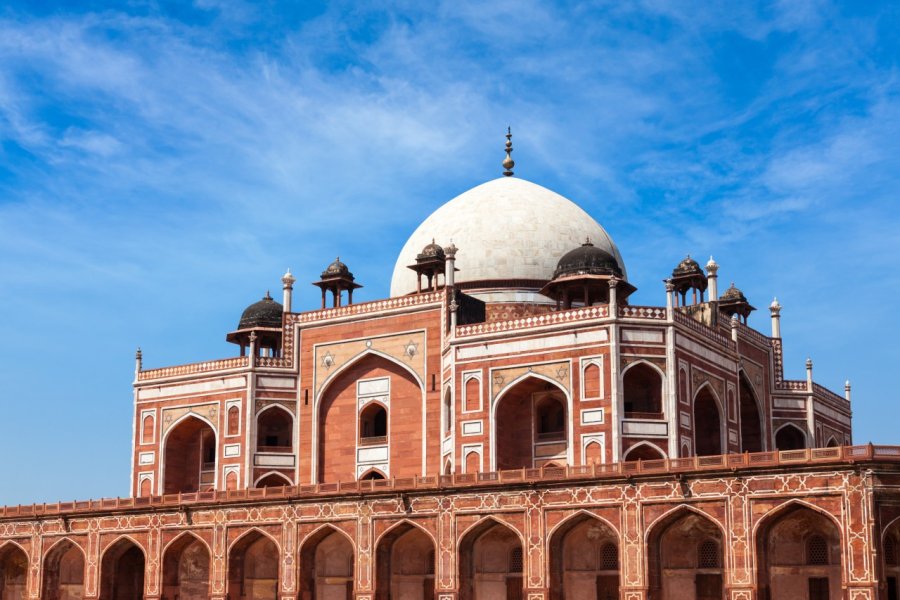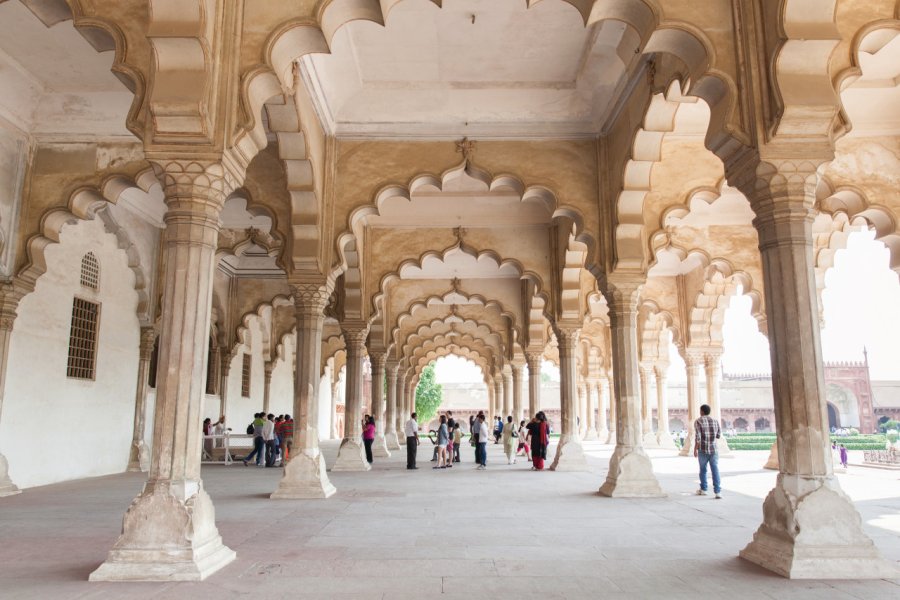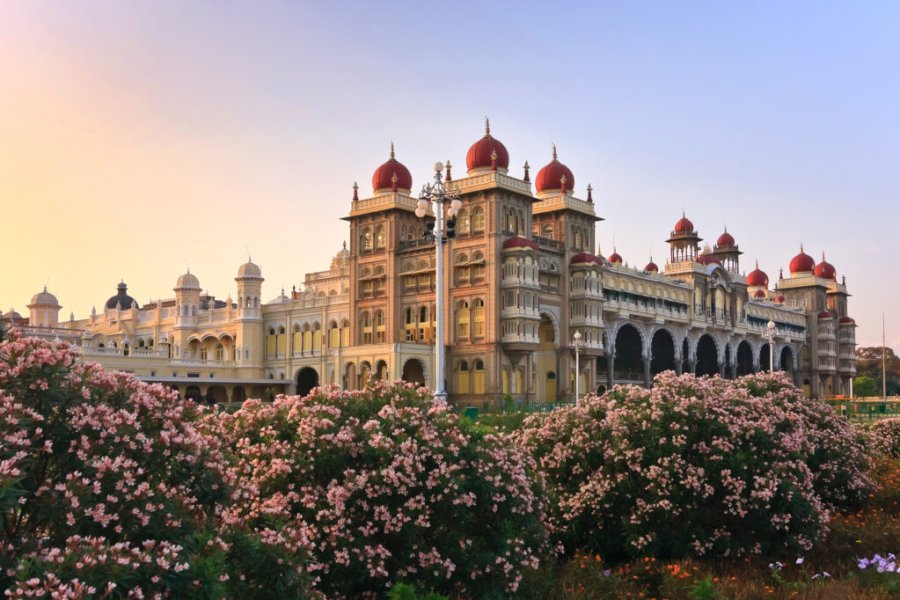Why go to India? The 10 good reasons to go India

The beauty of Rajasthan
The sumptuous palaces of Rajasthan are always an enchantment.

Attending Holi
Experience the great popular and unbridled festival of colors.

See the Taj Mahal
Symbol of India, love and beauty, this mausoleum is a wonder.

Discover the backwaters
This set of lakes, rivers, canals and swamps is emblematic of South India.

Great landscapes
Himalayas, cliffs, rivers, hills and plains: India seduces with its varied landscapes.

Indian cuisine
India offers a variety of highly refined cuisines, mostly vegetarian.

Cultural wealth
Diversity of religions, beliefs, customs, languages and dialects.

Doing yoga
For the benefits and unique experience of practicing in yoga's homeland.

Meditating in an ashram
Soak up Indian philosophy, adopt a spirit of letting go and pacifism.

Going on a pilgrimage to Benares
Visit the capital of Hinduism, a sacred and ancestral city on the banks of the Ganges.
What to visit India?
Interview: My India
with Astrid Latapie, author
As a journalist specializing in tourism, gastronomy and the art of living, Astrid Latapie travels the globe in search of the most beautiful landscapes, unusual flavors and unforgettable encounters. India is one of her favorite destinations, where she travels twice a year to unearth new places to visit, quality artisans and a wealth of color.
See the video of the interviewGood to know to visit India
 Timetable
Timetable
Museums, palaces, World Heritage sites - there's something for everyone to see in every city and region of India. Apart from the major sites, whose closing day is known - for example, the Taj Mahal is closed on Fridays - there is no fixed closing day. Nor is there necessarily a closing day. All you have to do is find out when you arrive. Please note, however, that national monuments are generally closed on public holidays. Religious sites are always open.
Generally speaking, national monuments are open from sunrise to sunset. Private monuments have their own opening hours.
 To be booked
To be booked
The Indian government has recently set up a website where you can buy tickets for a large number of national monuments. This system eliminates the need to queue at the entrance to the monument. The official website is https://asi.payumoney.com/
The Kumbh Mela, the largest Hindu gathering, takes place every 12 years and attracts millions of pilgrims. The next one will take place in Prayagraj (Allahabad) in 2025. It's imperative to book your accommodation as early as possible.
 Budget & Tips
Budget & Tips
Entrance fees to museums and monuments are affordable. A national monument costs Rs. 550, while a secondary monument costs Rs. 300. Only the Taj Mahal represents a significant budget, with a ticket costing Rs. 1,250 for foreigners.
 Main events
Main events
Hardly a day goes by without a religious festival, whether it's a major one or just one of the local temples.
Holi, the festival of colors, usually takes place in March. It's especially celebrated in the north of the country. It is less celebrated in the southern states, except in very touristy destinations, as many foreigners come at this time of year to celebrate Holi.
Ganesh is celebrated in Mumbai for ten days at the end of summer. On the last day, frenzied crowds, with beating drums and flamboyant garments, follow giant effigies of Ganesh on flower-decked carts to Chowpatti beach, to immerse the statues.
There's also the spectacular Durga Puja in Calcutta in September/October.
The biggest festival is Diwali, the Festival of Lights, with 5 days of festivities, marking the passage to the New Year (October/November). It's the occasion for a major clean-up, from floor to ceiling, and the illumination of house fronts with hundreds of luminous lights.
Finally, in 2025, the great Kumbh Melā, the Hindu pilgrimage that takes place every 12 years, will take place. Nearly 100 million people flock to Prayagraj, at the confluence of the Ganges and Yamuna rivers, to purify themselves in the sacred river. Such an influx is unique in the world!
 Guided tours
Guided tours
The services of a guide can prove useful and interesting when visiting the most emblematic monuments (Taj Mahal, Red Fort, Khajuraho temples, Konark temple, Meenakshi temple in Madurai...). In Fatehpur Sikri, the ancient Mughal capital, it's almost essential to make sure you're not harassed by touts in the mosque.
Guided tours are compulsory in National Parks, where the presence of a guide is essential. Some museums offer guided tours, usually in English. For the rest of the time, you're free to explore towns and sites as you please, but the explanations of a qualified guide will often help you to understand the culture and intricacies of a particular place (temple, town, museum or monument).
Accredited guides are available at the entrances to national sites and monuments managed by the ASI. If you'd like a French-speaking guide, it's best to book his or her services through the local tourist office. Most private monuments, such as the palaces of the maharajas, have audio guides available in French.
 Smokers
Smokers
You can smoke almost anywhere in India, except in public places, restaurants, hotels and enclosed monuments. As part of its fight against pollution, the city of Delhi has banned smoking in the streets and in the vicinity of hotels.
 Tourist traps
Tourist traps
If you want to take a guided tour of a monument, check that the guide is accredited. Some sites refuse access to non-accredited guides, so you'll have paid for nothing. For day tours and excursions, always use a reputable agency. If you are approached on the street, there's a good chance you won't be able to keep your appointment, or your vehicle will look like a rolling tomb.
Many agencies pass themselves off as official tourist offices and display the "Incredible India!" logo on their shop windows. Here too, beware. Generally speaking, few tourist offices offer interesting information (unfortunately), so it's best to avoid them.
In some Hindu temples and sacred cities, priests invite people to entrust them with large sums of cash, specifying that the money will go to those most in need. Be aware that this is a scam, and that many of these temple servants have built their wealth on the money of the poor.
 What's very local
What's very local
Women have to cover their shoulders to be proper, and men in shorts are not very welcome. Proper dress is essential when visiting mosques. This means loose-fitting covering for women and pants for men. Shoes must be removed when entering religious monuments: Hindu, Jain and Buddhist temples, gurudwaras, mosques and churches. Wearing leather is forbidden in Jain temples. Men and women must cover their heads in gurudwaras and Sikh temples.


